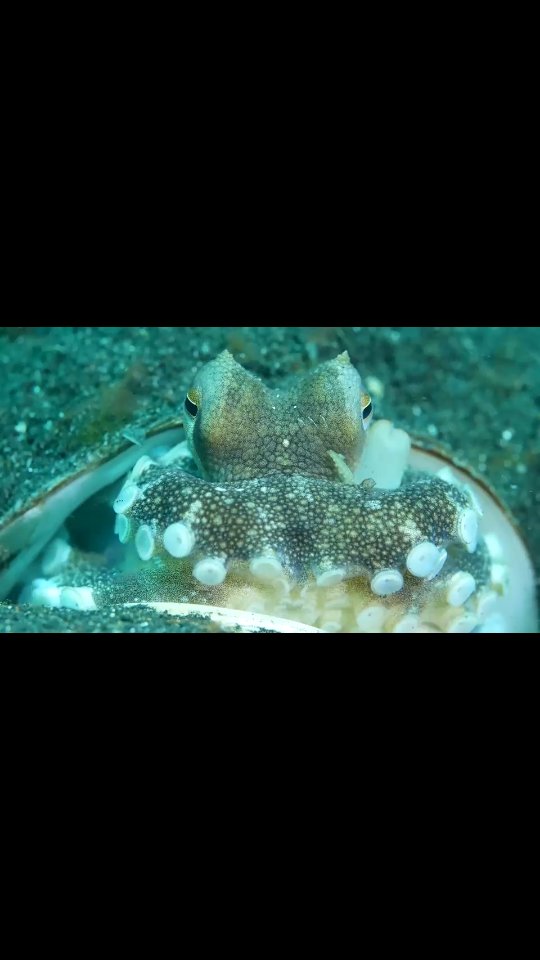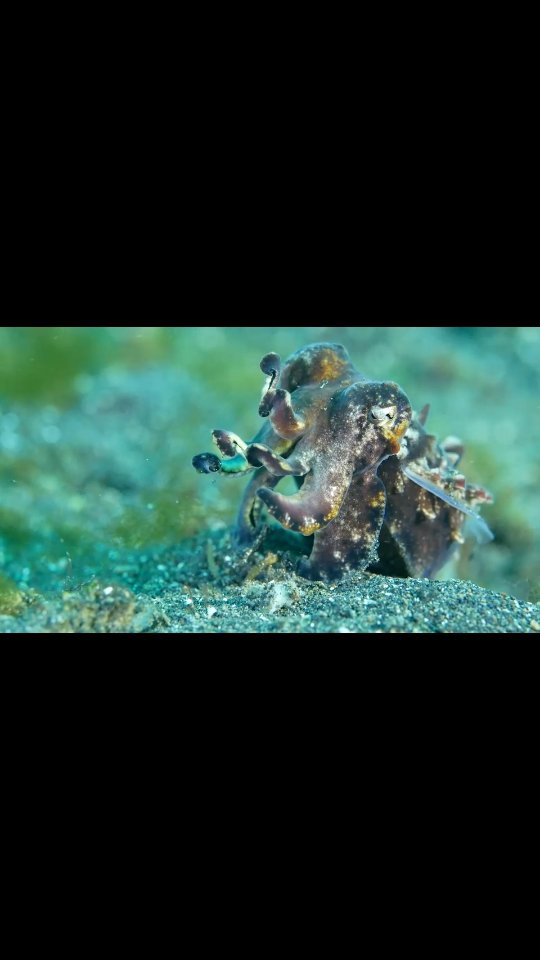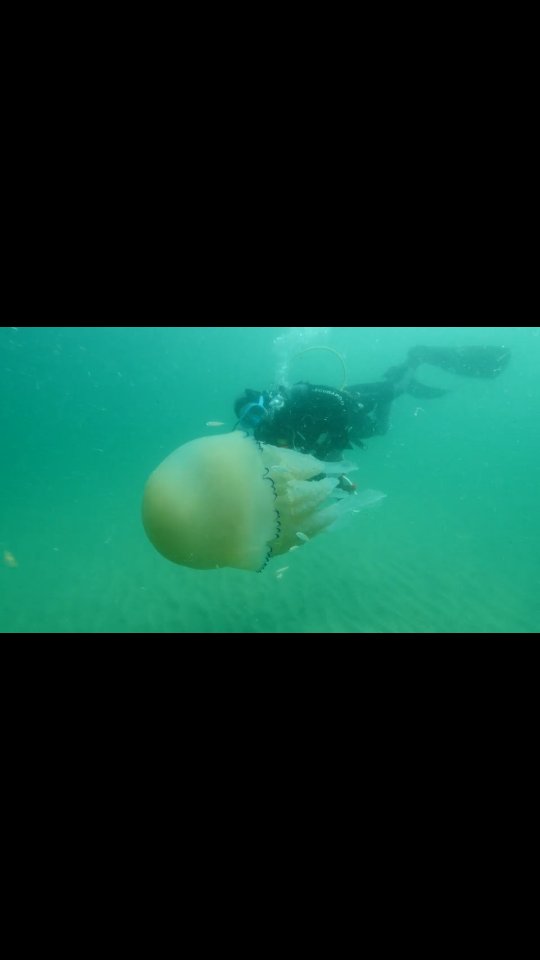This research established the attitudes and perceptions of the recreational dive community of the Cape Peninsula towards the Table Mountain National Park (TMNP) MPA, South Africa, in which they dive and the management thereof, to understand how best to safeguard the marine environment from recreational water users. Furthermore, it reviewed the management framework used to limit the impact of recreational scuba diving on the marine protected area.
The Cape Peninsula is situated in a transition zone between the Agulhas and Cape ecoregions, which means it supports rich marine species diversity. It is a culturally important area due to traditional fishing communities, historical sites and an abundance of wrecks. It is also important for commercial fisheries, such as the traditional line fishery and the West Coast rock lobster industries, for which certain constituents for recreational and subsistence fishers are based within the MPA.
The Cape Peninsula and it’s MPA
Due to the fact that the MPA encompasses all of the shores of the Cape Peninsula, it promotes high tourism levels, a range of recreational activities (of which, SCUBA diving is one of the most popular) and extensive research and education. Tourist attractions within the MPA include Simon’s Town and Cape Point which are internationally recognized. There is also a significant eco-tourism industry based around great white sharks, cape fur seals and the African penguin colony. Protected species include great white sharks, abalone, African penguins and a number of over-exploited line fish species including galjoen, silver kop and red Steenbras.
Why is this research important?
For a long time, recreational scuba diving was perceived as an activity highly compatible with maintaining environmental integrity, in contrast to extractive and disruptive activities such as fishing, dredging and development. However, the steep rise in scuba diving and dive-related tourism since the 1980s has engendered extensive research into the impacts on the marine environment in which these activities take place. While divers are known to be generally good ambassadors for the marine environment, often concerned for the state of the marine environment in which they dive, it has been unclear as to the level of understanding that divers have about the impacts of the industry.
Therefore, work that directly engages with divers is necessary to understand their views on the diving and operating procedures that impact where they dive, as well as the management of the protected areas thereof.
Marine ecosystems can support a degree of recreational use, but the carrying capacity of popular areas is not without bounds. This carrying capacity is dependent on a balance between the impacts that degrade the environment, the ability of the ecosystem to regenerate and on satisfaction of the users. These are affected by factors around anchor or line damage, the presence of moorings, diver behaviour, operating procedures, the relative cover of marine flora and fauna, and the topography of the sites.
While much work has been done on best practice for the dive industry, particularly by organizations like Reef-World’s GreenFins, who set protocols to promote environmentally sustainable dive tourism in South-East Asia, much of it relates to tropical reef areas, whereas the Cape Peninsula is dominated by resilient Kelp Forests and entirely different cold-water ecosystems. Similarly, because the entire Cape Peninsula, along which most of the diving in Cape Town occurs, is protected, it is relevant and necessary to establish the baseline of understanding of the dive community to ensure a sustainable industry can continue in the area into the future.
Key to this sustainability, however, is the management of the MPA in which the diving takes place.
How the research was conducted
This study was conducted on divers within the MPA. The sampling frame targeted all recreational diving users that participate in diving activities within the MPA and in close proximity thereof. A questionnaire survey was used to collect data from recreational divers using online distribution on mailing lists of a number of dive centres and clubs. Information from dive operators was obtained via one on one interviews with owners, and information from the management of MPA was obtained via one on one interviews with personnel. The resultant data provided an overview of local perceptions as well as management perceptions which are currently being used as a base for further research.
Each survey took participants approximately 10-15 minutes to complete and consisted of 4 main subject areas:
1) divers’ values of the marine environment and diving within it;
2) awareness of MPA implications for the protection of the marine environment;
3) awareness of the role of the MPA, and
4) opinion and understanding of MPA management.
These questions were developed to collect data relating to a number of variables including qualification level, frequency of diving and those income dependent on diving that may explain trends seen in divers’ understanding of the impacts of diving on the marine environment and their perceptions of MPA management.
Interviews with dive operators and MPA management were also conducted to provide further insight into the relationship between the dive operators, the general diving community and the management of the MPA.
Descriptive analyses were used to explore the demographics, the importance of the marine environment to divers, and opinions of the state of the MPA and its management. Statistical analyses were conducted to determine correlation between responses, using chi-square (χ2) tests of independence.
Results
The findings indicate that divers attach high value to the marine environment and the conservation thereof, but lack understanding as to the role of the MPA in which they dive and question its validity due to lack of accessible information, poor enforcement, poor community engagement and larger scale problems such as poaching. There is also a gap in understanding as to the regulations associated with diving within the MPA, which correlates to poor dissemination of such information. It was found that the misunderstanding of the role of the MPA by the dive community is a factor which contributes to the destruction of the marine environment through lack of awareness and cooperation.
While there are systems in place to ensure divers abide by sustainable practice, there appears to be a disconnect between what is expected of divers and the information they receive. Furthermore, the access to information is limited, with no user-friendly websites or information pages that explain what it means to dive within the MPA. The permit form in highly generic (used for various fishing types and recreational water use) and doesn’t inform the permit holder of any specific conditions, and similarly does not mention that there are, in fact, any other conditions. There was a consensus among respondents that education on the ‘do’s and don’ts’ of diving within the MPA is insufficient, and that clear guidelines would be useful.
The results showed that divers are generally in favour of well-regulated conservation measure and highly encourage further education and involvement of both personnel involved and the dive community itself. Deepening the knowledge of the dive community and operators on the regulations may enhance their compliance and willingness to cooperate on a broader scale of conservation measures. More inclusive engagement with the dive community may help break the stigma associated with the MPA of a failing permit system and poor management. It would be a powerful tool to utilize the passion and knowledge of the divers to the betterment of the environment and enhance the compliance with the MPA.















